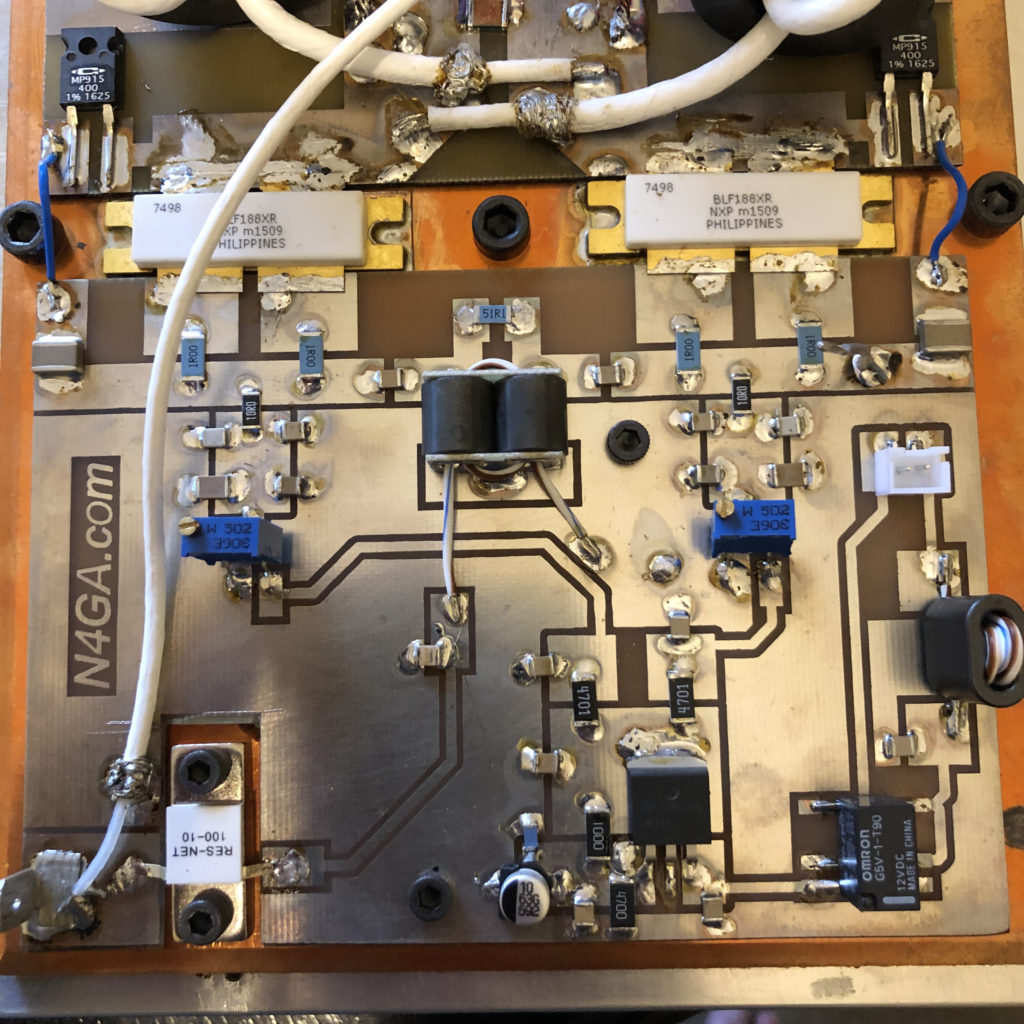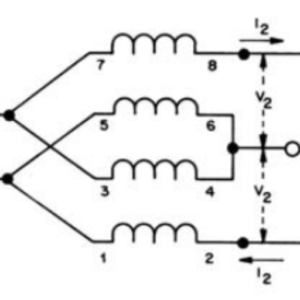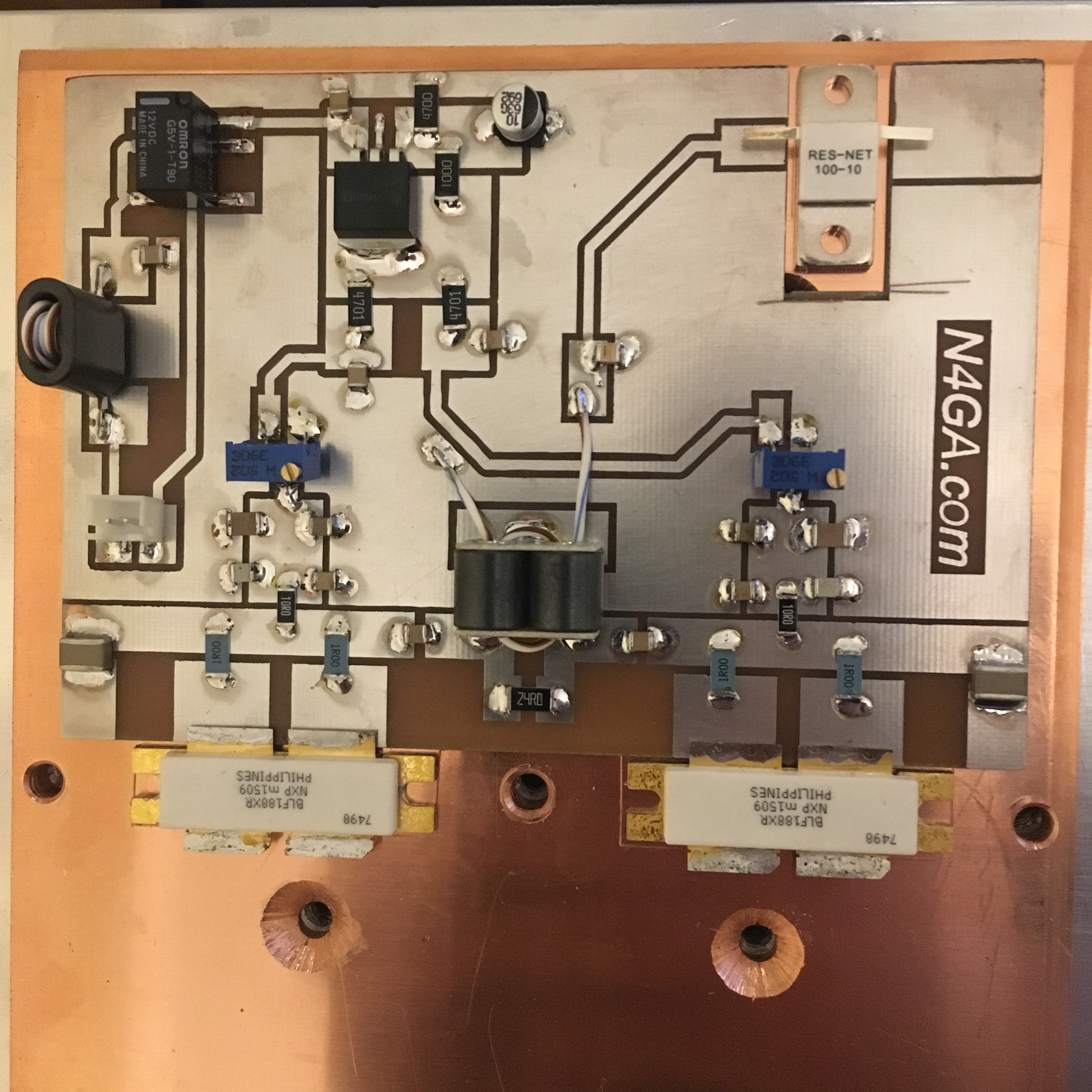Last year I decided I would design and build a regulated temperature-compensated independently adjustable dual bias circuit for my 2x LDMOS amp. (what a mouthful)

Why? Because I wanted to try an experiment which actually works in a class AB audio amp. This being the ability to adjust the bias to affect the mix and magnitudes of even and odd harmonics.
I wanted to see if this could be done in a class AB LDMOS RF amp and if so, to what degree. What I found was interesting but not all that useful. While you can adjust the biases to almost completely null out the even harmonics, not so surprising, you can not affect the odd harmonics more than a few dB.
There are many reasons for this. When you null harmonics in a AF class AB amplifier, you are primarily changing the crossover distortion profile, which in a AF class AB amp, is the key component to distortion.
In a RF amplifier, crossover distortion is not the target. There are other factors which are more limiting to the RF amp’s linearity. Some of which are:
- extremely compromised, or non-existent CMFC
- circuit stay inductances
- LDMOS non-linearity
The first and third are the key. The second one can be managed well enough.
First, in a class AB RF amplifier, the job of the CMFC is to emulate a 1:1 center tapped transformer. However, it has to do this at RF, from 1-30Mhz, at power, and in a ridiculously low (1-3 ohm) impedance environment. It needs to do this with zero stray inductance, zero leakage inductance and near perfect mutual inductance. Again, from 1-30Mhz. That’s all it has to do!
Should be enough said about that. Not to mention, many designs don’t even have a CMFC!
Second, LDMOS non-linearity. Dig around on the internet until you find the equations for the generation of harmonics in a large LDMOS device. Insidious is the word that comes to mind. The other more boring term is NON-linear.
Back to the main topic…
The other thing I learned about a dual bias scheme is that it’s near impossible to get the initial bias set correctly. As soon as you begin, the amp instantaneously begins to warm up, so before you can get over to bank 2, you have a drift and compensation due to heat. So back and forth you go and you finally just try to get it “close enough” and give up.
This lead me to my final conclusion.
Since you can’t bias out the odd harmonics, you may as well go with a really good single bias. If you buy two devices together they will be sequential out of the fab and matched. Also, they will only be ~1.5 inches apart on the same piece of copper heat spreader and thus will be at the same temp. So a dual bias is not required!



Leave a Reply